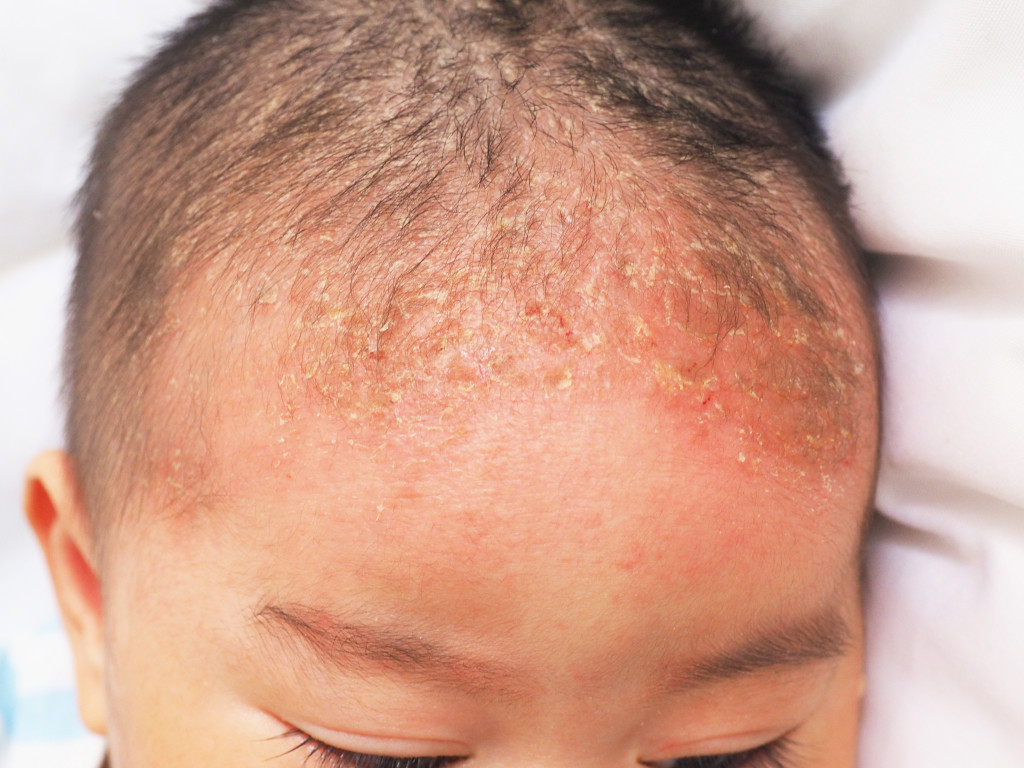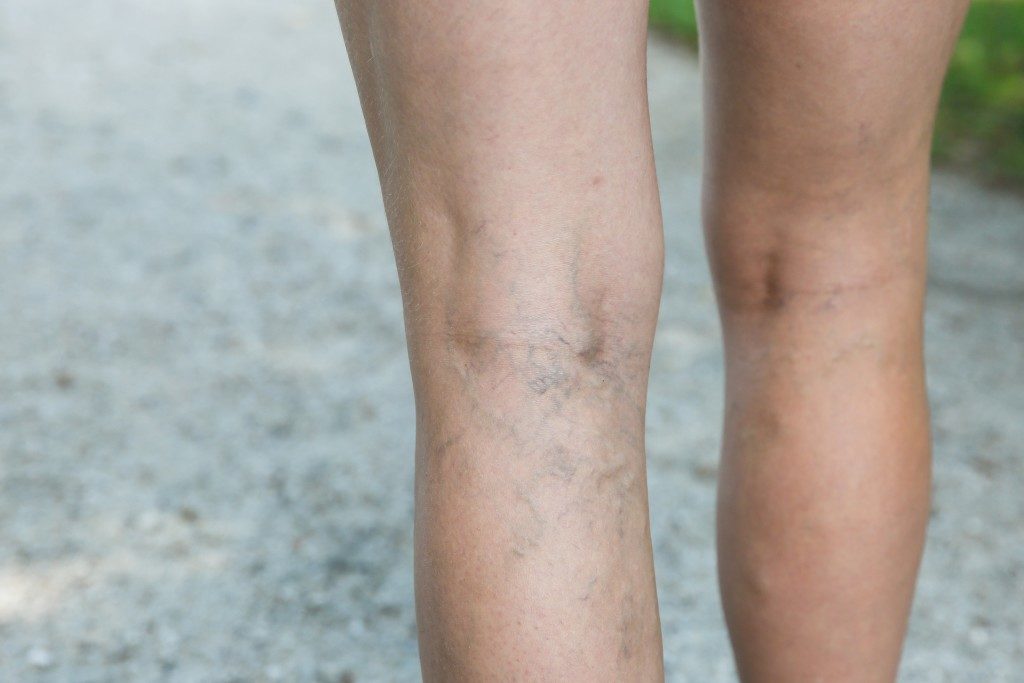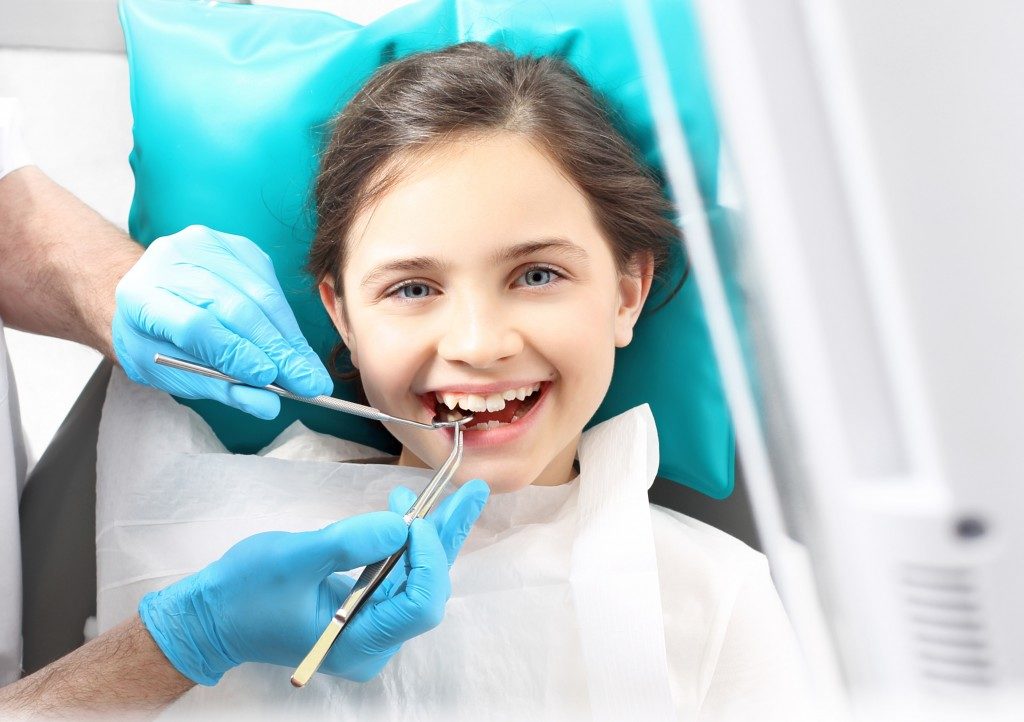Children experience all sorts of problems when growing up. They experience all kinds of physical diseases, such as chickenpox and measles, but they also experience mental illnesses like anxiety and depression. However, skin disorders are one of the most common diseases that people tend to overlook.
Children are vulnerable to skin disorders more than other demographic in the world. The American Academy of Dermatology reports that about 30 percent of the world’s population suffers from skin disorders. Children’s most common skin disorders include eczema, warts, and dermatitis.
Eczema is a chronic skin condition characterized by red, itchy, and inflamed skin. It typically appears on the face, scalp, hands, and feet. Eczema is commonly found in children who have a family history of allergies or asthma.
Warts are small, flesh-colored growths that appear on the skin. They are caused by viruses and tend to be contagious. Warts are most commonly found on the hands and feet.
Dermatitis is the most common form of skin disorder among children and also one of the most problematic. Here’s what you need to know about dermatitis.
Dermatitis
Dermatitis is a general term that refers to any inflammation of the skin. The most common form of dermatitis is atopic dermatitis, also known as eczema.
Atopic dermatitis is characterized by red, itchy, inflamed skin. It typically appears on the face, scalp, hands, and feet. It affects 25% of children, which accounts for most of the skin disorders among children.
The problem with dermatitis is that it’s often a lifelong condition. Therefore, it’s essential to know the risk factors of such a disease.

Risk Factors
There are many risk factors for dermatitis, but the most common ones include genetics.
Genetics
If you have a family member with dermatitis, you’re more likely to develop the condition yourself. This is because it’s often passed down through families. It’s the main reason why children get this disease without any signs.
Other risk factors include environmental factors and allergies.
Environmental Factors
Environmental factors are anything in the environment that can trigger dermatitis. Common triggers include dust, pollen, and pet dander.
Allergies
Allergies are another common trigger for dermatitis. Allergies can be to food, medication, or even the environment. If you have allergies, your child is more likely to develop dermatitis.
Symptoms
The most common symptom of atopic dermatitis is itching. The itchiness can be so severe that it can interfere with sleep. Other symptoms include red, inflamed skin; rashes; and dry skin.
When atopic dermatitis worsens, the symptoms can include bleeding, crusting, and even oozing. The affected area can also become infected. The worst-case scenario is that it becomes comorbid with another disease.
Comorbidities
Comorbidities are diseases that occur alongside another condition. For example, the most common comorbidity with atopic dermatitis is asthma.
Asthma
Asthma is a chronic lung disease that makes it difficult to breathe. It’s often triggered by allergies, which is why it’s so common in people with atopic dermatitis. Other comorbidities include hay fever and food allergies.
Another comorbidity is immunodeficiency.
Immunodeficiency
Immunodeficiency is when your immune system is weakened, making you more susceptible to infections. This is why people with atopic dermatitis are more likely to get skin infections.
Treatment
There is no cure for atopic dermatitis, but there are treatments that can help to manage the symptoms. Treatment options include topical corticosteroids, moisturizers, antihistamines, and light therapy.
Topical Corticosteroids
Topical corticosteroids are the most common treatment for atopic dermatitis. They are available as creams, ointments, or gels and are applied directly to the skin.
Moisturizers
Moisturizers are another standard treatment for atopic dermatitis. They help to soothe the skin and can be used alongside topical corticosteroids.
Antihistamines
Antihistamines can be used to relieve itching caused by atopic dermatitis. They work by blocking histamine, a substance your body produces in response to an allergy.
Light Therapy
Light therapy is a treatment that uses ultraviolet (UV) light to reduce inflammation. It’s often used in people who don’t respond to other treatments.
Treatments are essential for such a disease. However, once the damage is done to your child, you must concentrate on skin reparation. You can do this by getting skin reparation creams. Thankfully, you can now buy skin repair creams online. These creams can help your child’s skin to heal and regenerate. It’s also great for teenagers!
Prevention
There is no sure way to prevent atopic dermatitis, but there are some things that you can do to reduce your child’s risk of developing the condition. These include avoiding triggers, using moisturizers, and taking baths in warm water.
If you think that your child might have atopic dermatitis, it’s essential to see a doctor. They will be able to diagnose the condition and recommend the best course of treatment.
Atopic dermatitis (AD) is a long-term skin condition that affects the immune system. As a result, it causes the skin to become dry, itchy, and inflamed. However, by using the tips above, you can help prevent your child from developing this chronic skin condition




